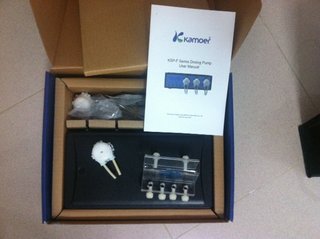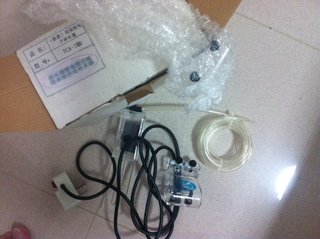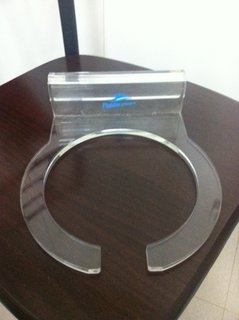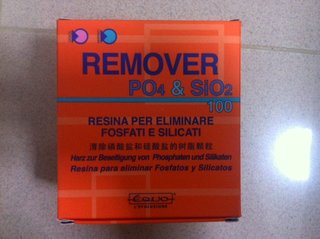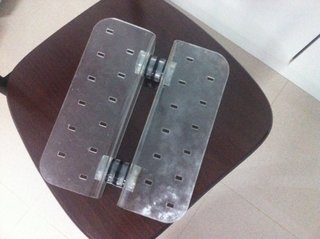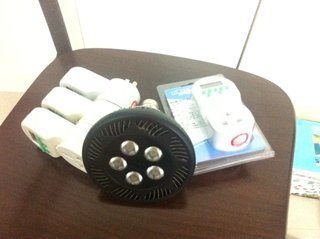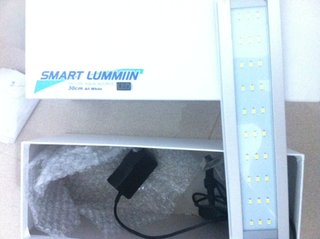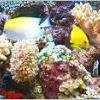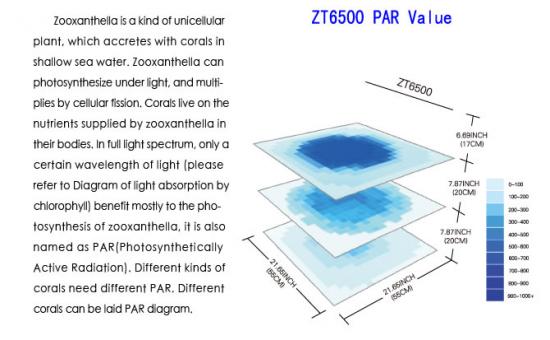Search the Community
Showing results for tags 'PAR'.
-
Hi Want to sell the below leftover items, pls PM me if u r interested. Thanks. Brand new Kamoer 3 channel dosing pump with reeftech tube holder - $300 Brand new reef tech water top up system - $35 1 brand new filter sock holder - $10 1 brand new EQUO PO4 & SiO2 remover - $20 2 frag racks - $30 for both 1 all blue Madpetz par38 - $50 1 all white Smart Lummiin 30cm LED light 4 digital timer - $10 each
- 4 replies
-
- dosing pump
- frag rack
-
(and 3 more)
Tagged with:
-
First thing to remember: buy the best light you can afford Second thing to remember: light is only 1/4 of the main equation on how your coral will fare, the other 3 being water, food and flow. Oki, not an expert myself, just sharing some reads/ research from WWM or on the net. Some key points to remember when choosing LED light for your tank are: 1) LED will loss up to 30% of its intensity in a year (personally confirmed by a major LED manufacturer). this means that you shall adjust your light setting upwards (watch how your LS reacts) every six months or so. 60W -> 69W (6 mths) -> 78W (one year). So, please buy higher max watt than you need if you dont intend to change the LED panel or buy new light in the near future. 2) super super general guide for total wattage is 3-5 watt/ gallon for softies and LPS. 5 - 8 watt for clam and SPS. 3) super super general PAR value for softies/ LPS <150, monti around 200 - 300, Acrop around 300 - 350. Any reputable LED manufacturer will have a PAR diagram for their light set. This is where you shall look carefully and visualize how you shall place your coral. From the picture example below, it still pretty straight forward that any SPS place at 17cm center from the lights will get "ideal" PAR where at 17cm+20cm away from the light (bottom of tank), I shall be keeping less light hungry coral at the outer ring. 4) White (10000K) or blue (16000k)? more white (80%) or more blue (80%)? No conclusive findings in most of the internet articles but the bulk of them states that more blue lights does not necessary encourage more coral growth compare to white light (as white light consist of the blue spectrum too). so my advise would be just choose what you like but remember your fish wont be happy (read: healthy) if she does not see some daylight. conclusion: please read the first sentence of this post ten times.... of course there are other equally important factors (eg PAR, LUX) to consider when choosing a LED, but I think with the understanding of the above four factors, anyone is armed with enough knowledge to make a buying decision liao. More importantly, I am just writing these while waiting for my room service to arrive and yes, the food is here...


